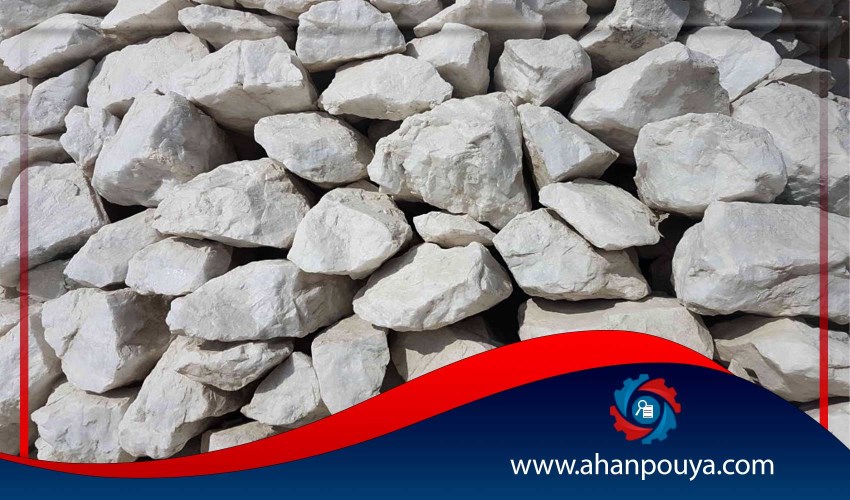
Silica is the second most abundant element in the Earth's crust, with a frequency percentage of about 25%. Silica is non-metallic and hard and its color spectrum starts from the colorlessest color and ends in dark gray.
Silica is very resistant and hard in stone mode and has wider and more varied applications than powder silica.
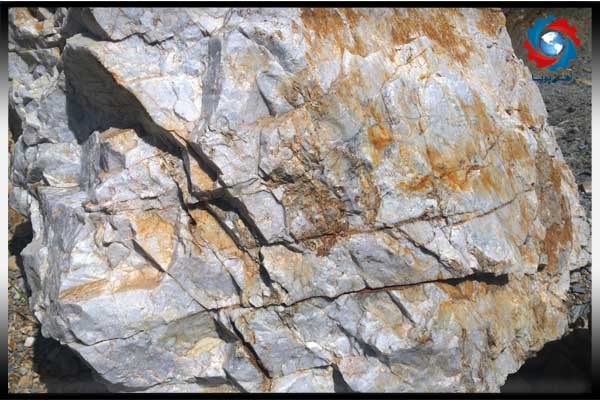
Silica powder is obtained from crushing silica stone with automatic machines and converting it into the smallest and smallest aggregation. Silica powder is an industrial powder that is widely used in various industries such as refractory industry, foundry, ferrous and non-ferrous alloys and ceramic alloys.
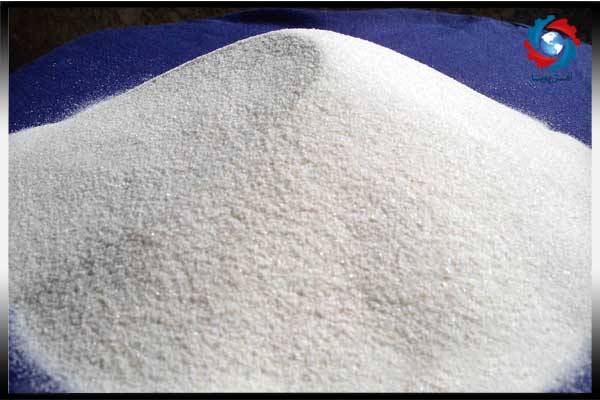
Edible silica is a mineral used in the food and pharmaceutical industry. Silica is normal in the human body, but from the age of 21 onwards, the amount of silica in the body gradually decreases so that due to deficiency of this substance in the body, it causes abnormalities in which case the body's silica should be supplied through foods with silica, silica drugs and oral drops containing silica.
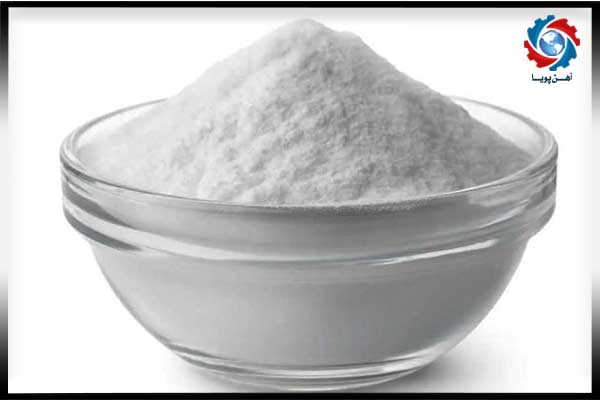
One of the different forms of silica stone is quartz, which has a considerable stability in normal temperature and pressure due to its high hardness. The most common type of silica stone in nature is quartz mineral.
Another type of silica stone is free in nature, sandstone or silica sand. In other words, silica sand is a type of quartz rock that has been deposited and then crushed naturally. These crushed grains are matched by clay, lime, iron oxide or other materials.
One of the main elements of glass is silica. This element is used with a variety of materials such as nephelin, sinite, soda, feldspar, etc. It is combined and therefore glass is produced.
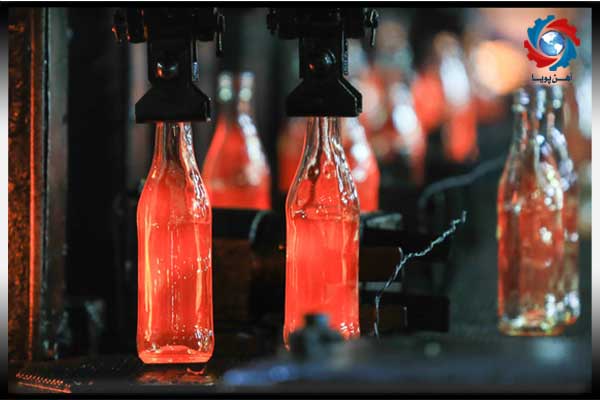
Since quartz stone is a type of silica stone and has a striking beauty and effect, it is therefore used to make ceramics. They also use silica to make fancy restrooms.
Silica has a very good thermal resistance so that it can withstand temperatures of up to 1470 °C. This high temperature resistance has led to the use of this valuable material in the manufacture of various metal casting molds such as black iron, aluminum, copper alloys and as refractory in iron, steel, cement and glass furnaces.
.jpg)
We add silica to the fallen soils of agricultural lands. This added silica has the following results:
1. Increases soil resistance to many environmental stresses
2. Increases soil resistance to various pests
3. Increases the shelf life of planted vegetables
4. Prevents any toxicity of plants and environmental damage
5.From salinity and salt, the soil is cut off
The gradation and sizing of silica are as follows:
1.5 to 5 mm
5 to 8 mm
8 to 12 mm

Ahan Pouya with more than a decade of best-selling experience, adheres to professional and ethical principles in the field of selling and buying at inside and outside the borders of Iran, helping you in the steel industry.